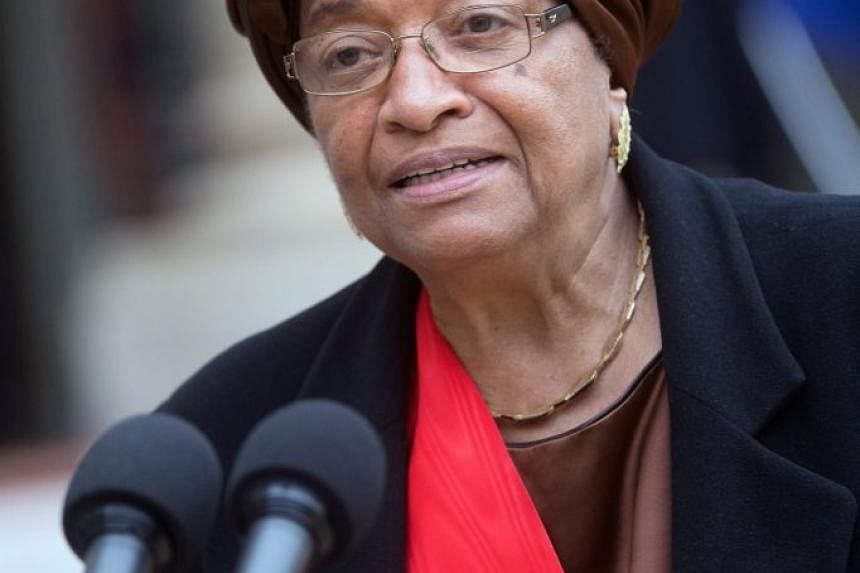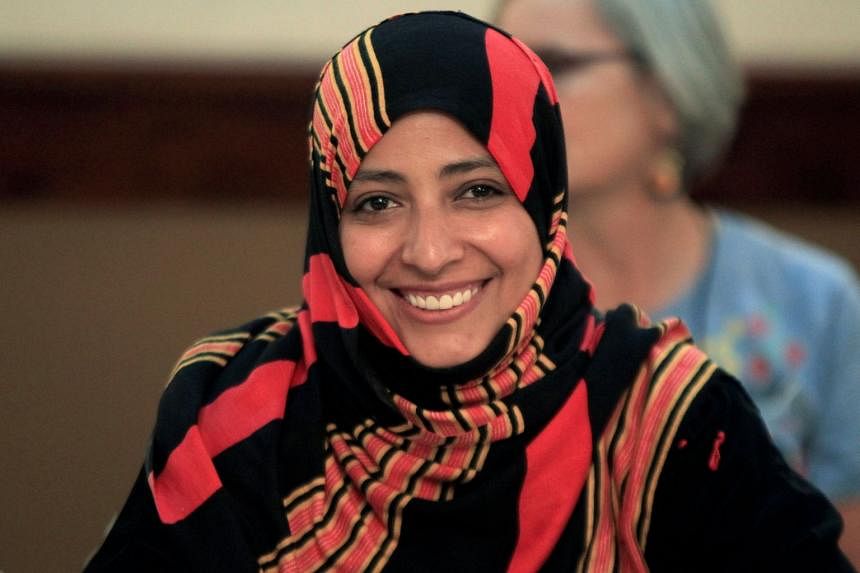STOCKHOLM • The Nobel Prize statistics make dour reading for women, who have been awarded only one out of every 20 prizes.
And while the numbers are slowly improving, yesterday's prize ceremony was an all-male affair for the second straight year.
The Nobel Prizes for medicine, physics, chemistry, literature and economics are awarded in Sweden, and the one for peace in Norway - two pioneering countries in the area of women's rights.
While the number of women Nobel laureates has risen in recent decades - there were four between 1901, the first year of the prizes, and 1920, compared with 19 between 2001 and 2017 - the 48 female winners over the years represent just 5 per cent of the 896 people honoured, excluding organisations.
The statistics vary depending on the discipline. The economics prize has been, by far, the most unattainable for women. The literature prize remains largely a male domain, while peace is somewhat better.
Of the five original Nobel Prizes created in the 1895 will of Swedish industrialist and philanthropist Alfred Nobel - the economics prize was established in 1968 to mark the tricentenary of the Swedish central bank - those for physics and chemistry are the most elusive, having gone to just two and four women, respectively.
However, the only woman to have ever won two Nobel Prizes, Marie Curie, was honoured in these two disciplines in 1903 and 1911.
"We are disappointed, looking in a larger perspective, that there aren't more women who've been awarded," said Mr Goran Hansson, permanent secretary of the Royal Swedish Academy of Sciences, which selects the physics, chemistry and economics laureates.
He insisted "there is not any substantial male chauvinism bias in the committees" that choose the winners, four of which (medicine, chemistry, peace and literature) are currently headed by women.
The reason women are so poorly represented in science, he said, is that laboratory doors were closed to women for so long.
Ms Anne L'Huillier, a member of the Swedish Royal Academy of Sciences who sat on the Nobel physics committee in 2010, agreed, noting that of the few women who made it into the laboratories, even fewer made it to the top of their fields.
"It's totally obvious, especially for hard sciences, perhaps less so for life sciences," she said.
The list of winners of the medicine prize, awarded by the prestigious Karolinska Institute, is indeed a bit more encouraging: 12 women out of 214 laureates, or 5.6 per cent.
Meanwhile, the economics prize, as mentioned, ranks at the bottom. Just one woman has received the nod since the prize was first awarded in 1969: Ms Elinor Ostrom of the United States in 2009.
"You noticed, it is right, that we are all white men. We are also all old white men and all of these projects have been going on for 30 years or longer," 2017 Nobel economics laureate Richard Thaler said last Thursday in Stockholm.
And what about literature? Fourteen female writers have received the prize, or 12.3 per cent.
Here, however, the trend is improving at a brisker pace: 36 per cent of those honoured since 2007 have been women.
"Things are going in the right direction. That is not to say that the statistics can't get better. They can and they will," Ms Sara Danius, permanent secretary of the Swedish Academy that awards the literature prize, writes on her blog.
"At the same time, it is worth recalling that the Swedish Academy does not strive to obtain good statistics for the sake of good statistics. The only thing the academy cares about is quality."
The peace prize is, meanwhile, the most favourable to women: 16 female laureates out of 104 people awarded (15.4 per cent). But that is still far from parity.
According to Mr Olav Njolstad, director of the Norwegian Nobel Institute, those numbers reflect "the place of women in society in the 20th century".
But, as with the other prizes, things are slowly improving. Six women have won the peace prize in the past 15 years.
In 2011, the Norwegian Nobel Committee honoured three women for their work on women's rights: Liberian President Ellen Johnson Sirleaf, her fellow Liberian Leymah Gbowee and Yemeni Tawakkol Karman, a leading figure of the Arab Spring.
The trend reflects the feminisation of the committee that awards the prize.
"In the long run, it is, of course, important that we have gone from a committee dominated by men to a committee where we are about 50-50 (men-women)," Mr Njolstad said.
AGENCE FRANCE-PRESSE



